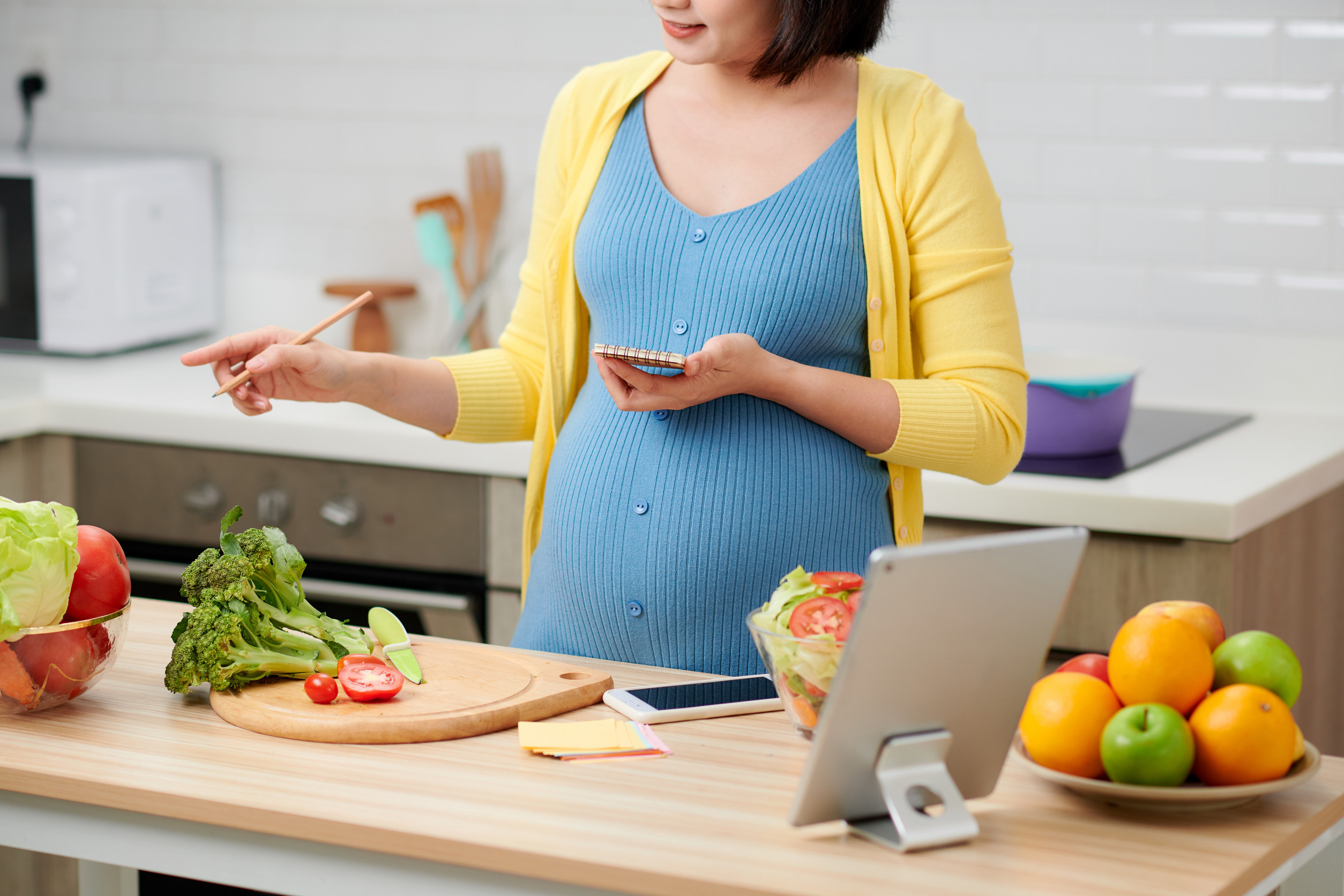
For many households, food is one of the biggest flexible expenses—and one of the easiest to lose control over. Last-minute takeout orders, wasted groceries, and impulse snacks add up quickly. By month’s end, the total can rival the cost of a car payment. Meal planning isn’t glamorous, but it’s a proven way to take back control. The question is, can it really save enough to cover a car payment each month? For many families, the answer is yes.
The Hidden Cost of Convenience Eating
Americans spend thousands annually on restaurant meals, fast food, and prepared grocery items. A family that grabs takeout three times a week can easily spend $200–$300 more than if they cooked at home. Add in forgotten leftovers or spoiled produce, and waste piles on. This convenience premium often exceeds $500 a month. Meal planning directly tackles these hidden leaks.
How Meal Planning Creates Built-In Savings
At its core, meal planning involves selecting recipes, creating a shopping list, and adhering to it. That structure eliminates last-minute decisions that lead to higher costs. It also ensures you use every ingredient, reducing waste. Bulk purchases become easier because you know exactly how they’ll be used. In practice, this predictability can slash food costs by 20%–30%. That margin is often the difference between a bloated food budget and one that frees up hundreds.
Breaking Down the Math
Let’s say a household spends $1,000 a month on food—a common figure. Cutting just 25% through planning saves $250, close to a mid-range car payment. Families who eat out frequently could save even more, often $400–$600 monthly. Over a year, that’s $3,000–$7,000 redirected toward other goals. When framed this way, meal planning becomes more than a kitchen hack—it’s a financial strategy.
The Role of Batch Cooking and Freezing
Meal planning works best when paired with batch cooking. Preparing multiple portions at once reduces time in the kitchen and creates built-in “fast food” at home. Freezers extend shelf life, allowing bulk buys of meat, produce, and prepared meals. This eliminates emergency pizza nights or overpriced grocery runs. The result: predictable meals at a fraction of the cost.
Why Planning Beats Coupon Clipping Alone
Coupons and apps save money, but they can’t fix disorganized shopping. Without a plan, discounted items often sit unused or don’t add up to complete meals. Meal planning ensures that every dollar saved is applied toward food you’ll actually eat. Combined with discounts, the savings multiply. Planning is the foundation; coupons are the garnish.
Tackling Lifestyle Barriers to Planning
The biggest obstacle to meal planning isn’t math—it’s motivation. Busy schedules, picky eaters, and the lure of convenience sabotage good intentions. The key is to start simple. Even planning three dinners a week builds momentum and shows measurable savings. Over time, households develop a rhythm that balances flexibility with structure. The hardest part is starting, not sustaining.
Technology That Makes It Easier
Apps now automate much of the work by generating shopping lists, suggesting recipes, and tracking pantry items. Some even connect directly to grocery delivery services. These tools reduce the mental load of planning and make it feel less like a chore. For tech-savvy households, digital helpers turn meal planning into a streamlined routine. The payoff is less stress and more savings.
Beyond Money: Health and Time Benefits
Meal planning doesn’t just recover dollars—it improves diet quality. Preplanned meals tend to include more balanced portions and fewer processed foods. Families also regain time that would have been spent debating dinner or waiting for takeout. These lifestyle perks reinforce the financial benefits. Saving money feels even better when it’s paired with healthier living.
A Car Payment Hiding in the Kitchen
The math is clear: disorganized eating habits quietly drain hundreds each month. By planning meals, reducing waste, and cooking strategically, households can redirect enough to cover a car payment—or more. It’s not about deprivation; it’s about structure and intention. For families juggling budgets, the kitchen may hold the easiest financial win available. The real question is: will you start planning to unlock it?
Do you think meal planning could save your household a car payment each month? Share your experience or strategies in the comments.
You May Also Like…
- The First 30 Days After You Miss a Car Payment—And Why It’s Worse Than You Think
- 7 Car-Buying Moves That Save Money Even in a Tight Market
- What Your Grocery Cart Reveals About Your Financial Health
- 11 Outrageous Grocery Items That Everyone Keeps Buying
- Tariffs Create Uncertainty On The Farm And At The Grocery







